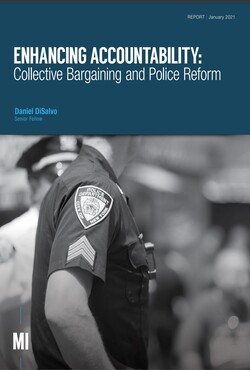By Baroness Casey of Blackstock DBI CB
The Met has faced significant challenges over the last ten years. Many of these have been beyond their control. These include austerity, changes in crime patterns, greater non-crime demand and a regulatory system that makes it difficult to get rid of people who corrupt the Met’s integrity. The Crown Prosecution Service and the courts are also under acute pressure. This impacts the effectiveness of the Met, and makes the criminal justice system overall much less effective. Significant societal shifts are rightly making us less tolerant of crimes such as domestic abuse, rape and child abuse as well as discrimination. Public expectations on policing are therefore greater. London too is always changing. Its population is expanding, and is swelled by thousands of commuters daily and millions of visitors each year. It is more diverse in terms of nationalities, ethnic and faith groups, and sexuality than other UK cities. The majority of the population are not from White British ethnic backgrounds, one in five do not have English as their main language, and London has greater extremes of wealth and poverty than other parts of the UK. In contrast, Met officers are 82% White and 71% male, and the majority do not live in the city they police. As such, the Met does not look like the majority of Londoners. Traditional volume crime (such as burglary and theft) has declined, while low volume but more serious offences such as violence against the person, and sexual offences have significantly increased from 17% of all crimes in 2012-13 to 31% in 2022-23. Such cases take longer to investigate and resolve. Domestic abuse-related crimes have doubled over ten years to nearly 100,000 a year and the number of reported rape cases have increased fourfold. But the number of officers investigating them has not increased at the same rate. This places more demand on police detective services in particular, while there is a national shortage of detectives. Like other public services, austerity has profoundly affected the Met. In real-terms, the Review has calculated that the Met now has £0.7 billion less than at the start of the previous decade, meaning its budget is 18% smaller. This is enough to employ more than 9,600 extra Police Constables at full cost. It has lost 21% of its civilian staff and two thirds of its Special Constables while the number of Police Community Support Officers has halved. Between 2010 and 2022 it closed 126 police stations. Specialist units and functions have been prioritised, including through ring-fenced Government funding. Together, this has eroded frontline policing, weakening the strongest day-to-day point of connection with Londoners, as well as impacting the Met’s reactive capabilities, its response levels, and its response to male violence perpetrated against women and children. The model of policing by consent, pioneered in London and admired and copied around the world, requires the Met to both earn and maintain public trust in everything it does. However, there is declining public confidence and trust in the institution. Public trust has fallen from a high point of 89% in 2016 to a low of 66% in March 2022. Public confidence in the Met to do a good job locally has fallen from high points of 70% in 2016 and 2017 to a low of 45% in March 2022. People from Black and mixed ethnic groups have lower trust and confidence in the Met, scoring 10 to 20% lower than average on trust and 5 to 10% lower on confidence, although declining scores among White Londoners mean that gap is closing. Among those who responded to surveys undertaken for the Review, three quarters of Met employees and two in five Londoners think the Met’s external reputation is poor. Black Londoners are even more likely to say its reputation is poor. A series of scandals involving the Met and the Met’s response – playing them down, denial, obfuscation, and digging in to defend officers without seeming to understand their wider significance – combined with this loss of trust, are strong indicators of fundamental problems.
London: Metropolitan Police, 2023. 363p.





















